What “Organic” Really Means (And Why It’s So Much More Expensive)
By now you’ve probably gotten the hints: the overflowing, dedicated organic section at your grocery store, the Organic-Cold-Pressed-So-Healthy-They-Should-Be-Illegal juices (and cleanses), these logos everywhere. Organics is a growing industry.
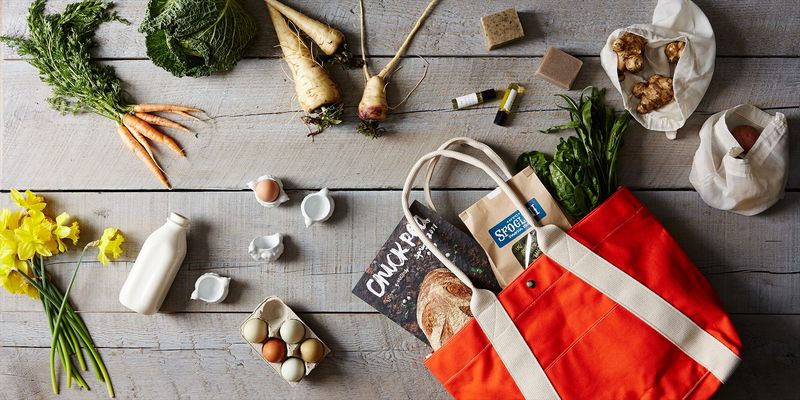
Over the past several years, “organic sales in the U.S. have been increasing by double digits [in percentage of growth, year over year],” a representative from the Organic Trade Association (OTA) told me. In 2014, sales reached $39.1 billion—up 11% from the year before, and the highest year recorded by the OTA. Of that, nearly a third of the market was driven by organic fruits and vegetables, due in part to a rising consciousness about not only what’s in but on our food.
But despite our best intentions to splurge on the $3 apple, few of us can explain what organic really means. We all know that organics are better for the environment and for us, but larger questions—Why are they so expensive? Can they include GMOs?—still persist.
When I called Rodney Braga, president and CEO of Josie’s Organics, an 10,000-acre organics farm in Salinas Valley, California, I started with a smaller question: Where am I reaching you? He laughed before answering, “I’m in the middle of lettuce!” As a third-generation farmer, Rodney is used to being in the middle of vegetables.
He’s seen firsthand the effects of “organics” growth: “In the past six years,” Rodney said, “we’ve seen an explosion in demand. It used to be this small component of shopping, but now everyone—from Starbucks to home cooks—wants organic ingredients,” Rodney explained. What is it, exactly, that we’re chasing? Here are some of the most important things to keep in mind when buying organic.
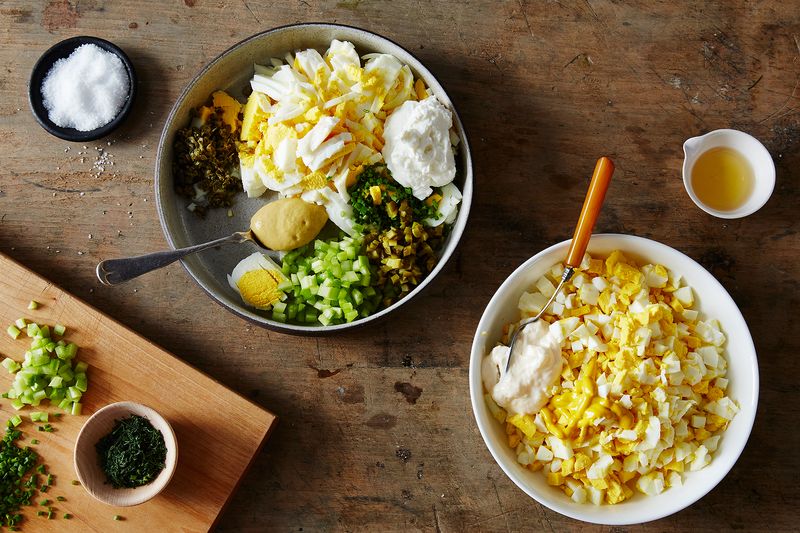
1. Organic food is expensive for a reason.
Take two tomatoes in a supermarket—one grown conventionally and another grown organically—and you may not notice a difference until you look at the price tag. The conventionally grown tomato is $2.99 per pound, while the organic tomato is $4.99 per pound—a price largely determined by the cost of certification, a higher rate of crop fails, and slower grow time.
Cost of Certification
One of the greatest costs associated with organic farming is the cost of certification, which is legally required to call a farm “organic.” If approved after a $325 application fee, the smallest farms can expect to pay up to $1,000 for their first year of certification. Every year following, they must pay for the travel costs and hourly rate of an inspector to approve their farm as organic in addition to their annual certification fee, determined by the amount of organic food they produce. This cost—of simply being able to call themselves organic—is factored into the price of the produce.
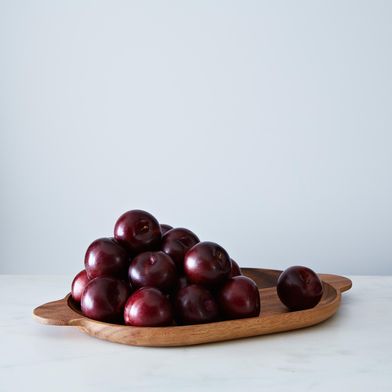
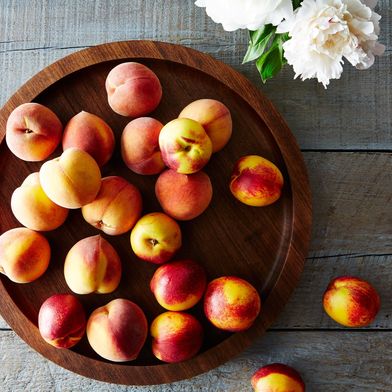
Higher Risk
While there are measures in place to prevent crop failure in conventional farming, like synthetic pesticides, there’s little that can be done in many cases in organic farming—so a mildew or bug infestation can mean losing an entire crop.
“If you get even a little aphid in something like broccoli or brussels sprouts, you get zero out of the field,” Rodney said. To mitigate risk, Rodney’s farm plots broccoli in five different locations to increase chances that at least one crop takes. Other crops, like spinach, are incredibly susceptible to mildew. “We can do a lot with beneficial flowers and ladybugs for insect infestations, but for mildew there isn’t a lot you can do—which is why for spinach, we average about a third of the output than we do on conventionally raised spinach.”
Longer Time to Grow
On top of the higher failure rate, organic crops also take much longer to grow than conventional do, mostly due to the fact that they use organic fertilizers, often plant and animal byproducts. So a crop like romaine might take 70 to 72 days—instead of a conventional crop's 65—to reach peak harvest, and organic broccoli can take up to two weeks longer in the winter. “It doesn’t sound like a lot,” Rodney said, but with high demand, turnover is integral to their business.
2. Even if it isn’t labeled “organic,” it may still be farmed that way.
There are two primary reasons why a farm that uses organic farming methods may not be certified organic: because the cost of organic certification is so expensive, and because of the fact that in order to be sold as “certified organic” in grocery stores, the land must be farmed organically for at least three years. During those three years, the organic produce is legally labeled as conventional.
As a result, many non-certified organic farms sell organic-quality products at the price of conventionally grown food. Even if the label doesn’t say “organic,” look at the farm online to see if it’s in the process of becoming organic, or, if you’re at a farmers market, ask the farmers how it’s grown.
3. Organics are, by definition, non-GMO.
One of the most frequent questions Rodney receives is whether he farms GMOs—genetically modified organisms—organically. The answer is always “no”; the term “organic GMOs” is an oxymoron; GMOs are by definition not organic.
4. Organics use pesticides—and chemicals.
Just because a fruit or vegetable is grown organically doesn’t mean it doesn’t use pesticides—it just means that the pesticides used must be derived from natural sources. For example, rotenone, found in the stem of the jicama plant, andpyrethrin, found in Chrysanthemum flowers, are considered all-natural and suitable for organic farming since they’re plant-derived.

If all pesticide-sprayed food strikes a bad chord with you, talk to the farmers; ask them how they’re controlling pests. Many organic—and conventional—farmers use traps, beneficial flowers, and predatory insects (like ladybugs) instead of pesticides, but at a higher cost to you and greater challenge to the farmer.
“We’re learning all the time how it all works together,” Rodney explained, “The beneficial flowers, soil, insects—we’re just trying to do that on a scale that’s big enough to feed people around the country. It’s how my grandfather started farming in the 1920s.”

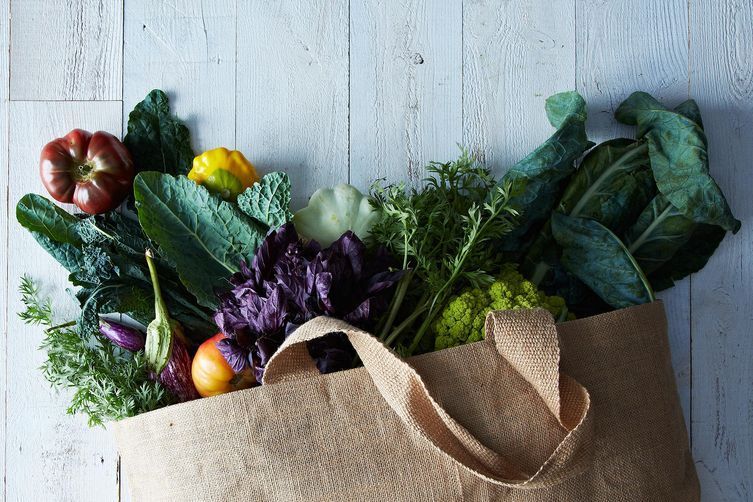
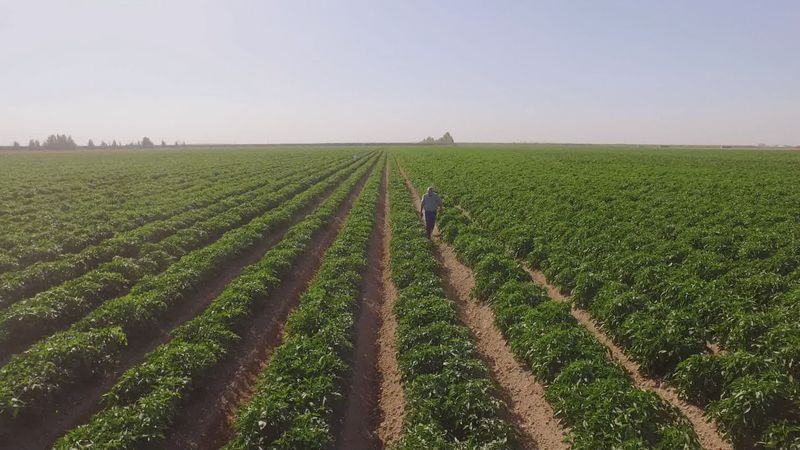

No comments:
Post a Comment